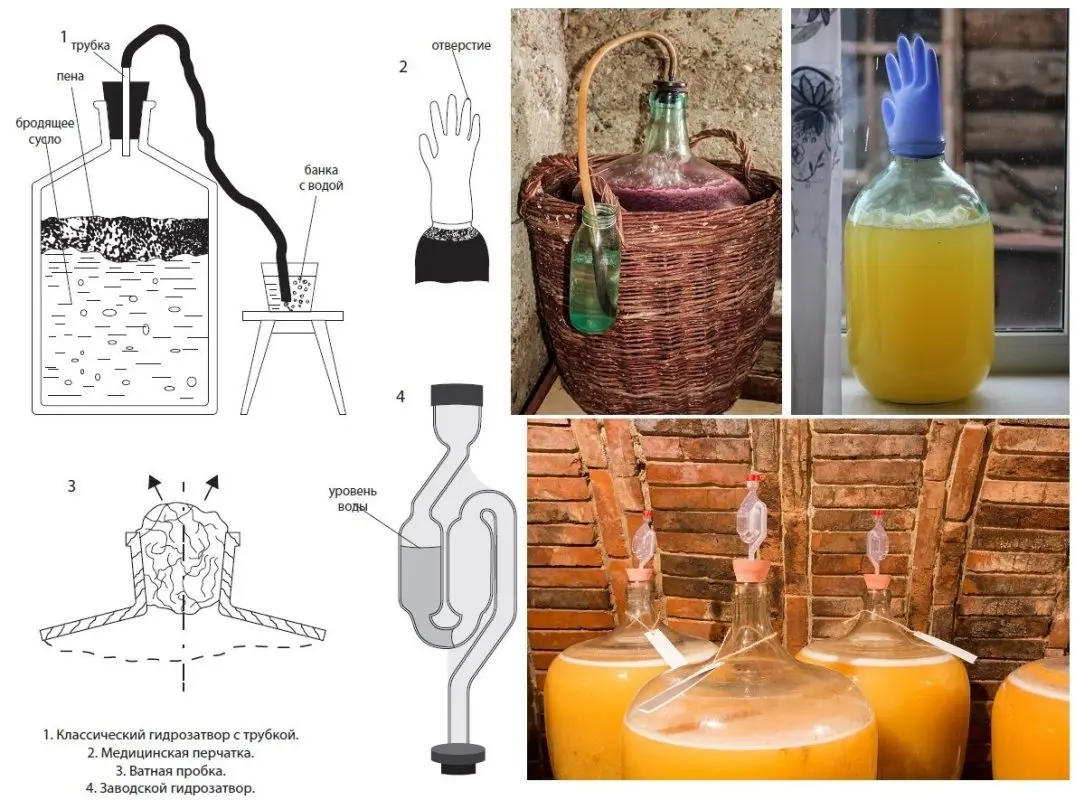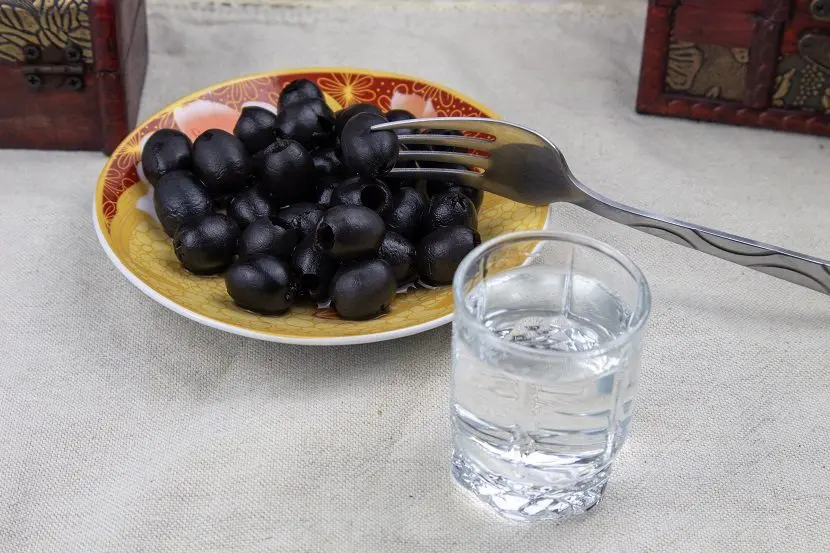Elderberry moonshine has a delicate berry aroma and a light specific aftertaste characteristic of this raw material. Subject to the correct technology for the preparation of mash and distillation, the finished distillate is safe for health and does not taste bitter. Requires ripe fruits, collected in August-September, without signs of spoilage, rot and mold.
Theory
The sugar content of ripe elderberries is up to 11,4%. This means that theoretically, from 1 kg of raw materials, you can get 120 ml of moonshine with a strength of 40%. In practice, the yield will be 15-20% lower, since the berries do not always reach the maximum sugar content, and part of the distillate is lost during distillation.
To increase the yield, it is desirable to add sugar to the mash – 1 kg additionally gives 1,1-1,2 liters of forty-degree distillate. But too much sugar neutralizes the aroma and taste of elderberry moonshine, so you need to find a compromise between quantity and quality. The optimal proportion is 1 kg of sugar per 5 kg of berries.
The highest quality of elderberry mash is achieved by fermenting the must on wine yeast: store-bought, wild (live on the surface of berries) or pre-cooked raisin sourdough. The disadvantage is that fermentation will last up to 50 days. Much faster (in 4-10 days) the wort is fermented by alcohol, baking dry or pressed yeast, but they worsen the aroma and taste of the mash. If time is not running out, it is advisable to use wine yeast.
Ingredients:
- elderberries – 5 kg;
- water – 1 liter, plus 4 liters for each kilogram of sugar;
- sugar – 1-2 kg (optional);
- yeast – 10 grams of dry or 40 grams of bakery, or wine per 10 liters of must.
elderberry mash recipe
1. Separate the berries from the twigs (they give a strong bitterness). If wild yeast is not used, add water to the elderberry, mix lightly, leave for 10-15 minutes, then remove the floating debris and drain the water.
2. Gently crush the berries with your hands, trying not to crush the bones, which contain harmful substances.
3. Place the resulting pulp in a fermentation container. Add water and sugar, stir until sugar is completely dissolved. Add pre-activated yeast (sourdough) according to the instructions on the bag.
Mix again. Fill the container to a maximum of 75-80% of the volume, leaving room for foam and carbon dioxide.
4. Close the container with a water seal (you can use a medical glove, with a hole pierced by a needle in one of the fingers). Move the mash to a dark room with a temperature of 20-28 ° C.

Depending on the selected yeast, the amount of sugar and temperature, the fermentation of elderberry mash lasts from 4 to 50 days. Fermented mash is not sweet in taste with hints of bitterness, does not release gas from the water lock (the glove deflates), a layer of sediment appears at the bottom, and the wort itself becomes lighter.
Obtaining Elder Moonshine
5. Strain the mash that has won back through 2-3 layers of gauze, squeeze the pulp to dryness (no longer needed).
6. Make the first distillation at maximum speed without fractionation. Take the distillate before the drop of the strength in the jet below 20%.
7. Measure the fortress. Calculate the amount of pure alcohol in the product – multiply the volume in liters by the strength in percent and divide by 100.
8. Dilute the elderberry moonshine of the first distillation with water and distill again. Collect the first 14-15% of the yield from pure alcohol separately. This harmful fraction (“head”) can only be used for technical needs.
9. Collect the main product (“body”) until the strength in the jet drops below 45%, then finish the distillation or take the last fraction (“tails”) into a separate container.
10. Dilute the resulting moonshine from elderberry (“body”) with water to a drinking strength of 40-45%, pour into glass containers, seal tightly. Leave in a dark, cool room for at least 2-3 days to stabilize the taste (completion of the chemical reaction of mixing alcohol with water).










